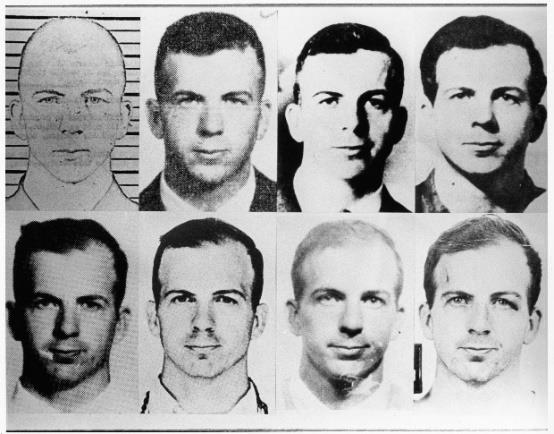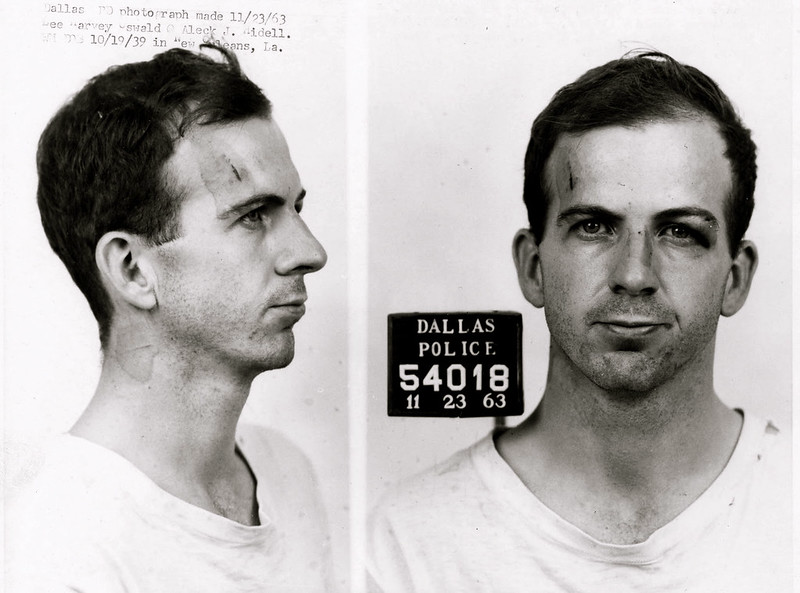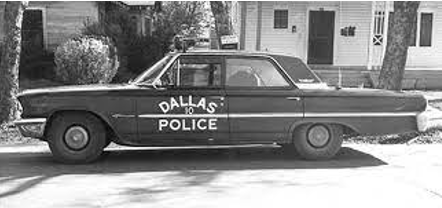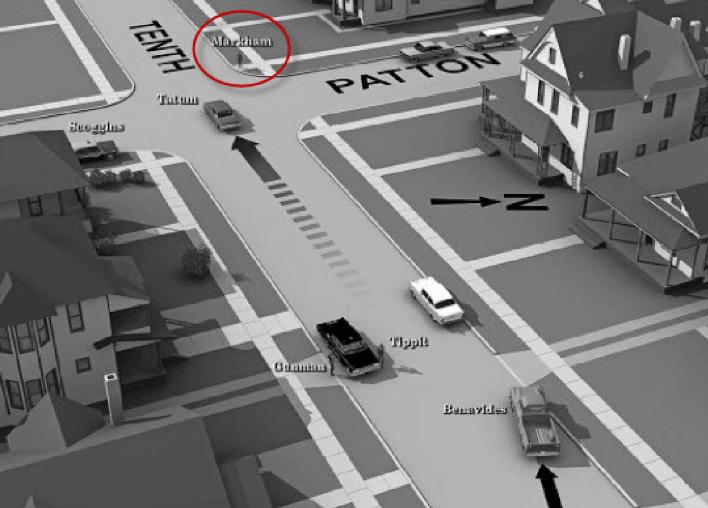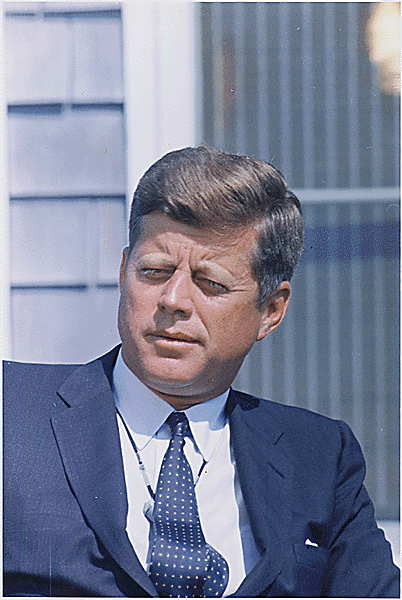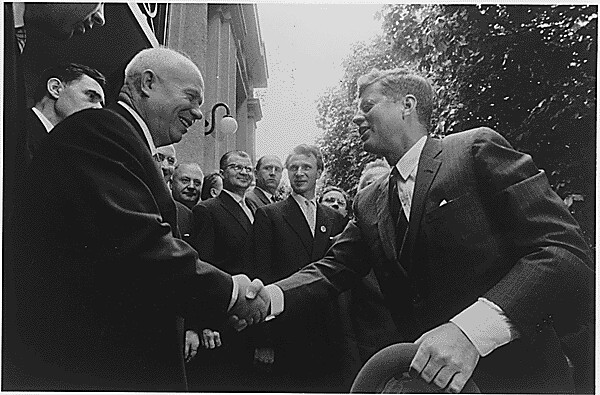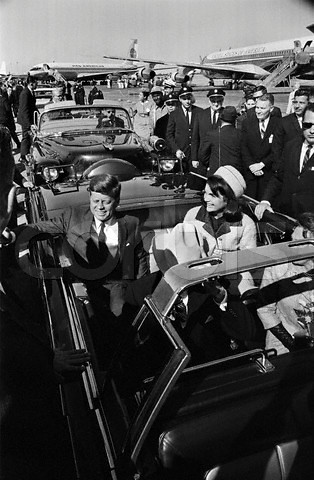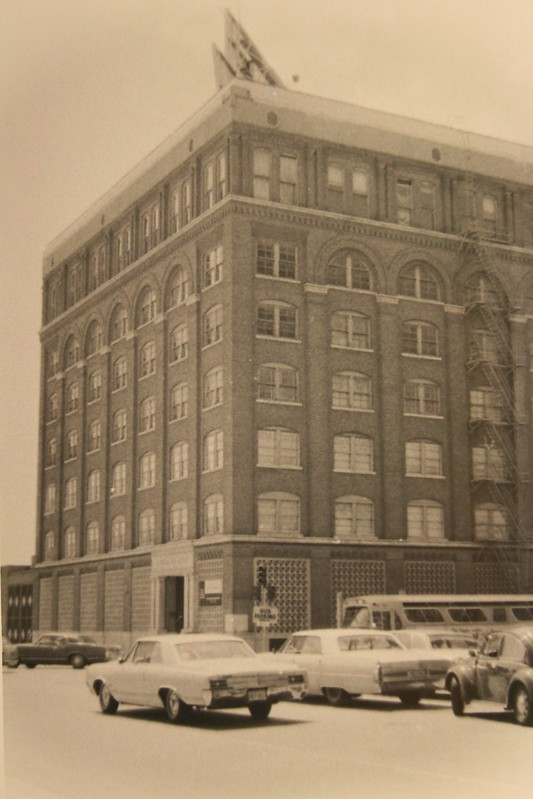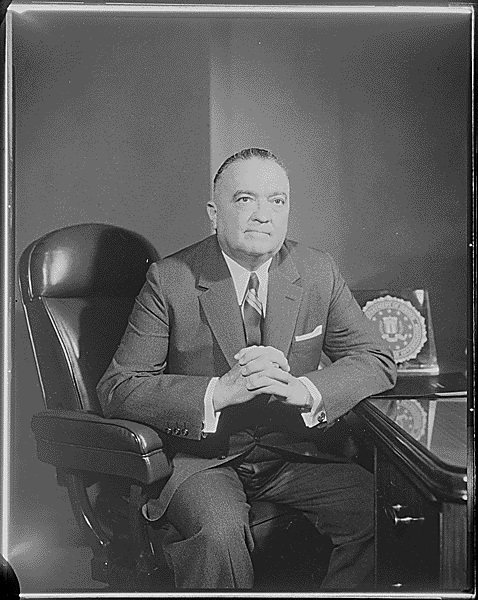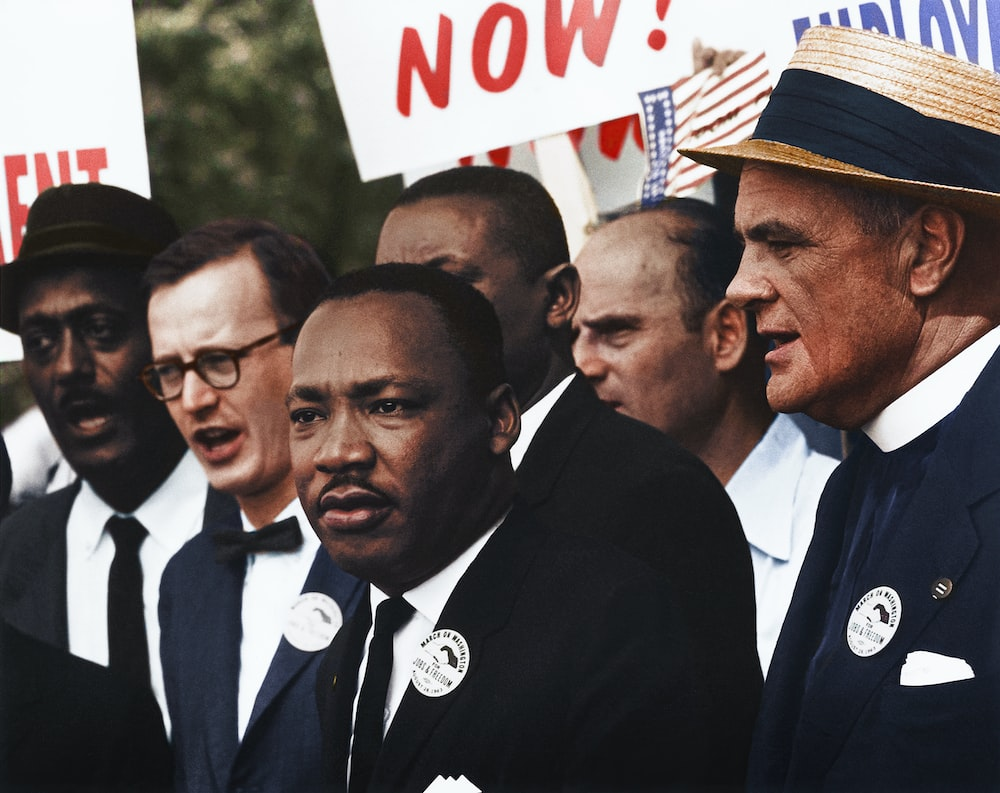- Jake Fernandez
- Blogs
- Hits: 581
The Possibility of an Oswald Impersonator
A mysterious figure emerged in the lead-up to the John F. Kennedy assassination on November 22, 1963. He bore an uncanny resemblance to Lee Harvey Oswald, but was it really the alleged killer of a president or someone who looked like him? The accounts of this Oswald impersonator have fueled numerous theories and speculations.
Today, we discuss some of these puzzling sightings, as listed in this article.
The Birth Certificate Riddle: June 3, 1960
FBI Director J. Edgar Hoover raised eyebrows when he penned a memo suggesting that someone within the States might have used Oswald's birth certificate to impersonate him while he was in the Soviet Union. The early notion of an Oswald impersonator hinted at a deeper mystery.
A Strange Encounter in New Orleans: January 20, 1961
In New Orleans, an odd incident unfolded when two men visited a Ford dealership. One of them, Joseph Moore, expressed an intent to purchase ten Ford Econoline trucks for the Friends of Democratic Cuba.
The other man, claiming to be Lee Oswald, offered to handle the payment. Here’s what’s strange about this: The real Oswald was in Minsk when this occurred.
The unusual episode hinted at the exploitation of Oswald's identity for covert purposes.
The Sportdrome Gun Range Incident: November 16, 1963
Another bizarre sighting occurred at the Sportdrome Gun Range in Oak Cliff. The Oswald doppelgänger at this sighting bragged about his Italian-made carbine and fired shots at targets, causing a scene. Such provocative behavior added to the intrigue surrounding the real Lee Harvey Oswald.
A Disturbance at the Dobbs House Restaurant: November 20, 1963
At the Dobbs House Restaurant, a man claiming to be Lee Harvey Oswald caused a commotion just two days before the JFK assassination.
He berated the waitress and loudly complained about his runny eggs. This aggressive behavior contrasted sharply with the real Oswald's demeanor. Even if he’d been acting out of character, he should’ve been working at the Texas Book Depository when the ruckus occurred.
Puzzling Purchases on Assassination Day: November 22, 1963
On the morning of the JFK assassination, a young man using Oswald's name bought two bottles of beer at a store near Dealey Plaza. He presented a Texas driver's license with Oswald's name and birthdate. These purchases happened after Oswald reported to work at the book depository.
The probable Oswald impersonator later returned to purchase peanut-coconut brittle, an unusual choice for breakfast. These seemingly ordinary transactions took place just before the world-changing events of that fateful day.
Read More About the Curious Case of Two Oswalds Online
Check out the article mentioned above for a deeper exploration of the possibility of an Oswald impersonator. Discover the wider conspiracy surrounding the assassination of President John F. Kennedy and the other political assassinations of the 1960s on a platform that advocates for the truth even when it is not a popular opinion.
Get in touch for comments and feedback.


